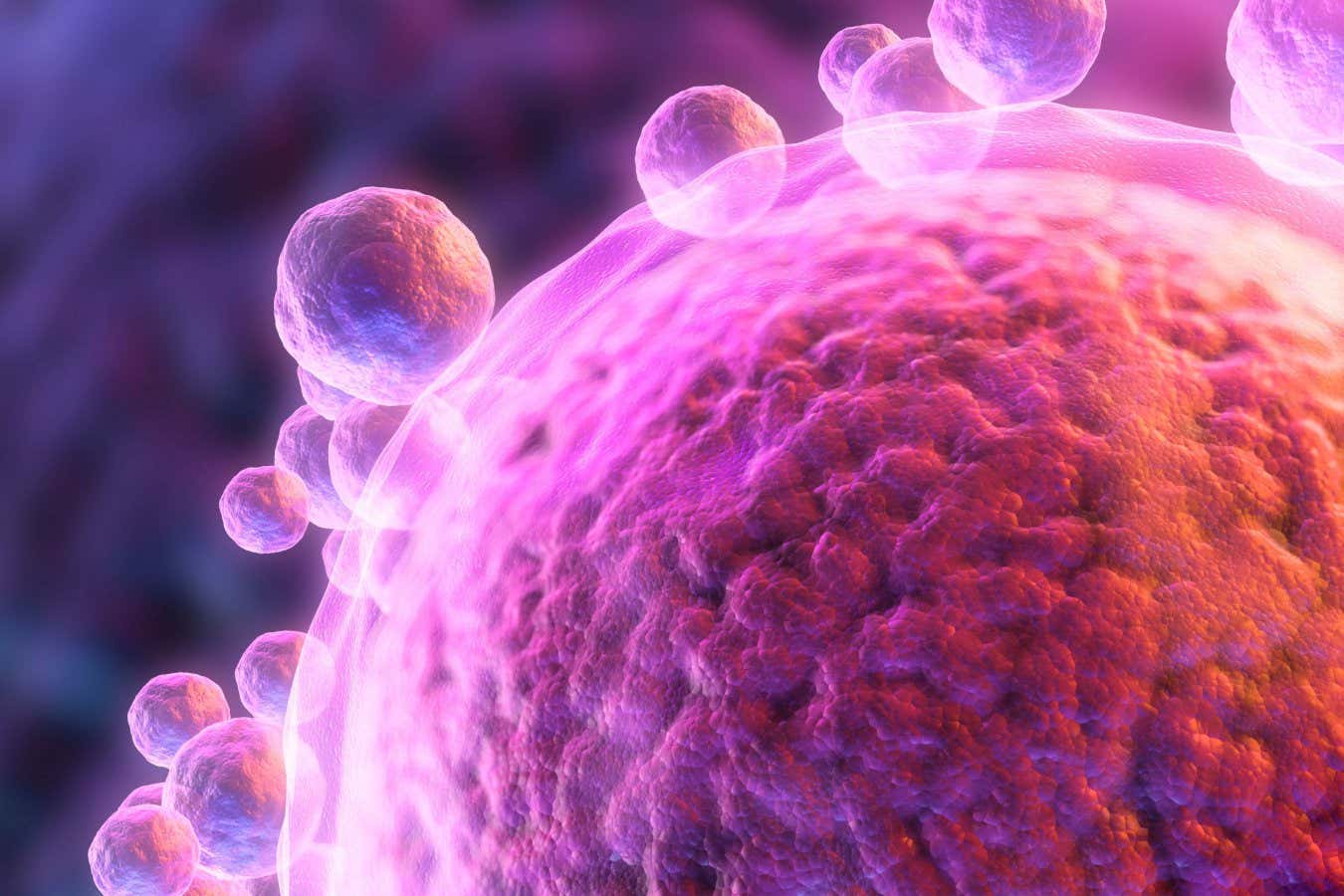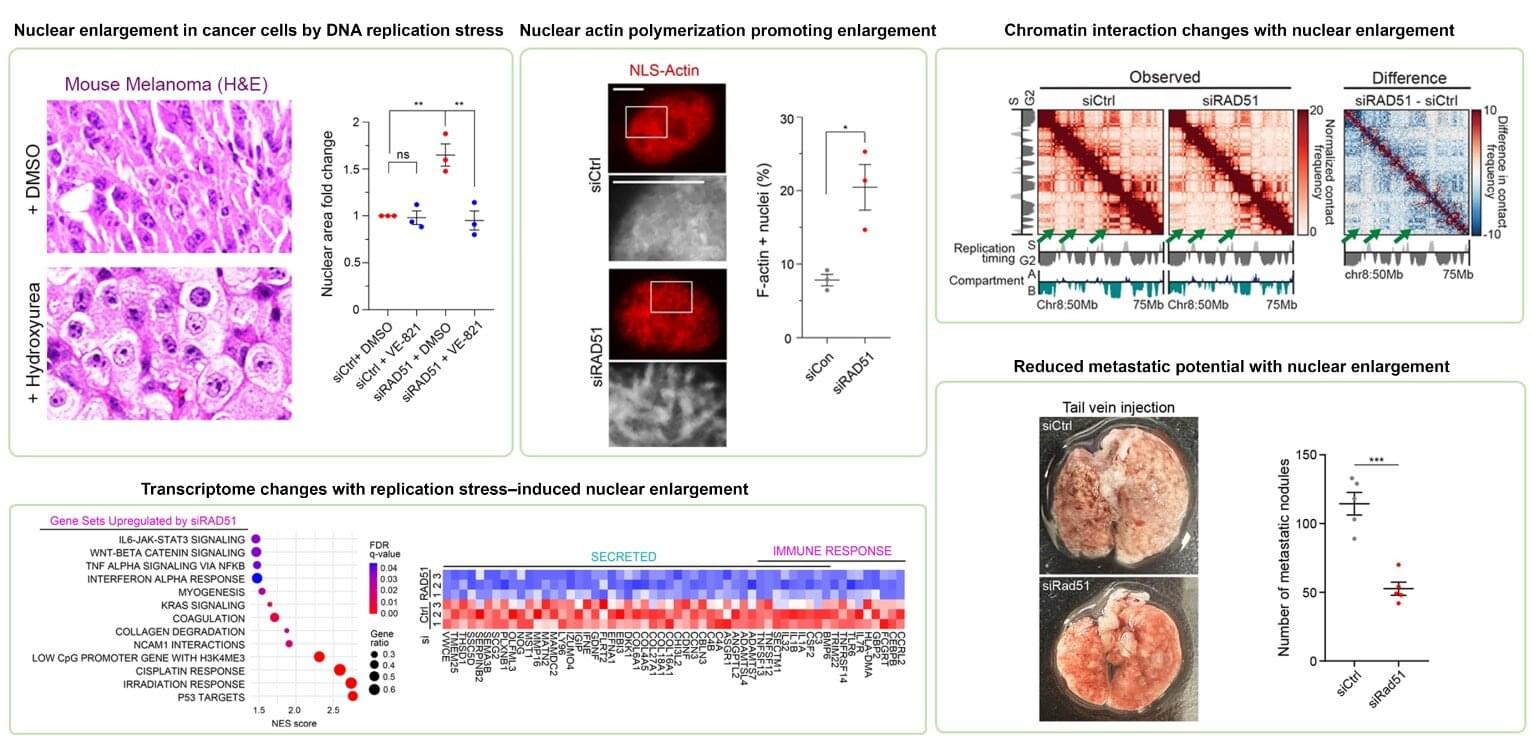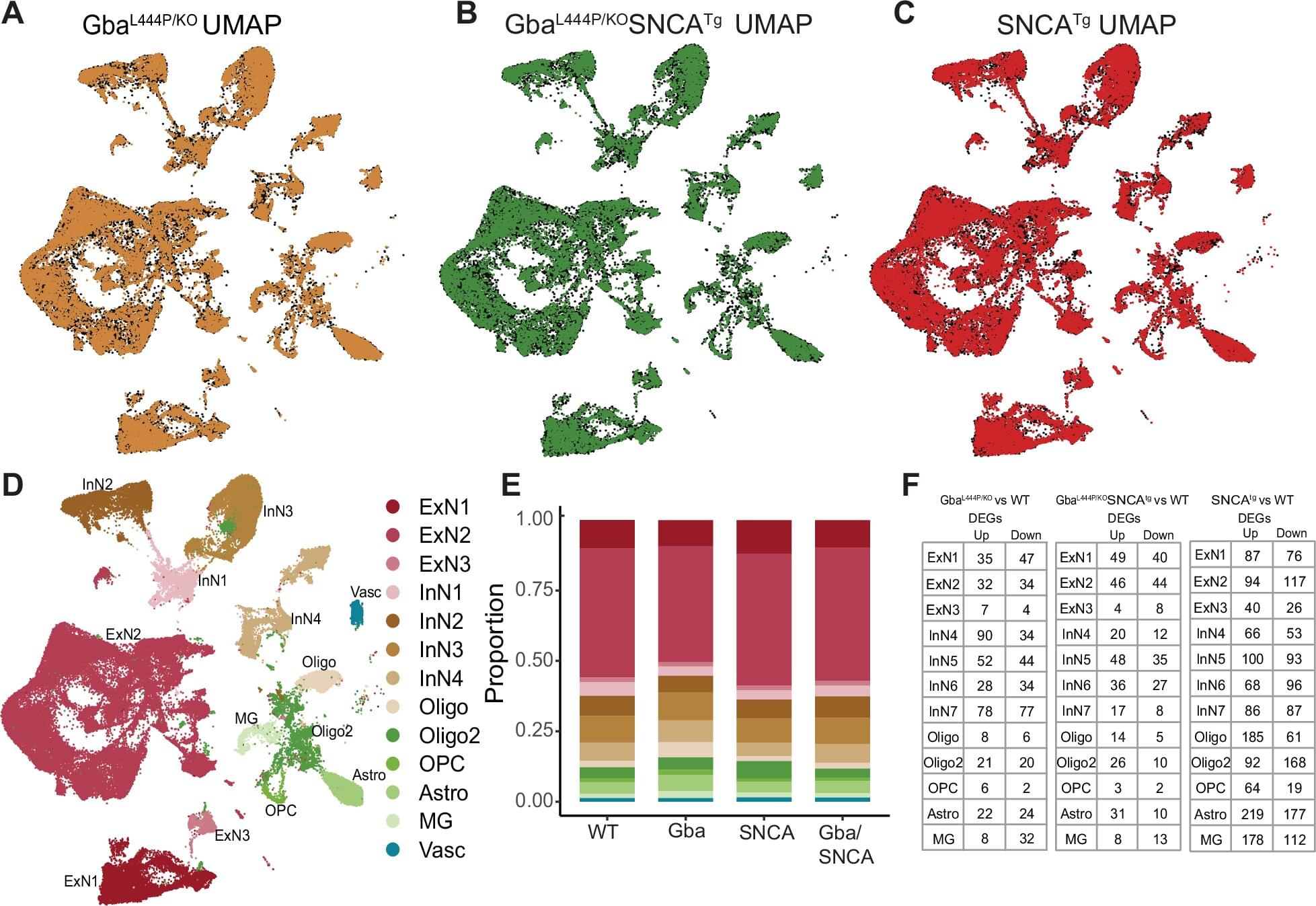An innovative use of skin cells could provide a route for gay couples or women with fertility problems to have children that both partners are genetically related to



Autism spectrum disorder (ASD) is a neurodevelopmental disorder that is estimated to be experienced by roughly 1 in 127 people worldwide. It is characterized by atypical patterns in brain development, which manifest in differences in communication, social interactions, behavior and responses to sensory information.
Past neuroscientific and genetic studies suggest that a variety of factors contribute to the development of ASD. These can include genetic factors, chemical alterations that influence the expressions of genes (i.e., epigenetic factors), differences in the structure of specific brain regions or neural circuits, and environmental factors, such as early life events or infections or immune responses during pregnancy.
Researchers at the Korea Brain Research Institute and University of Fukui in Japan recently carried out a study aimed at further exploring these different dimensions of ASD, focusing on brain structure, the communication between brain regions, epigenetic changes and behavioral patterns. Their findings, published in Translational Psychiatry, paint a clearer picture of the intricate underpinnings of the disorder and could inform the development of more precise tools for diagnosing it.

Autism should not be viewed as a single condition with a unified underlying cause, according to scientists who found that those diagnosed early in childhood typically have a distinct genetic profile to those diagnosed later.
The international study, based on genetic data from more than 45,000 autistic people in Europe and the US, showed that those diagnosed in early childhood, typically before six years old, were more likely to show behavioural difficulties from early childhood, including problems with social interaction, but remain stable.
Those diagnosed with autism later, typically after the age of 10, were more likely to experience increasing social and behavioural difficulties during adolescence and also had an increased likelihood of mental health conditions such as depression.

Researchers find different genetic profiles related to two trajectories that autistic children tend to follow. One is linked to early diagnosis and communication difficulties in infancy. The other is linked to later diagnosis, increased social and behavioral difficulties in adolescence, and higher rates of conditions like ADHD, depression, and PTSD.
An international study led by researchers at the University of Cambridge has discovered that autism diagnosed in early childhood has a different genetic and developmental profile than that of autism diagnosed from late childhood onwards.
The scientists say that the findings challenge the long-held assumption that autism is a single condition with a unified underlying cause.

In tissue biopsies, cancer cells are frequently observed to have nuclei (the cell’s genetic information storage) that are larger than normal. Until now, this was considered a sign that the cancer was worsening, but the exact cause and effect had not been elucidated.
In a new study, a KAIST research team has found that cancer cell nuclear hypertrophy is not a cause of malignancy but a temporary response to replication stress, and that it can, in fact, suppress metastasis. This discovery is expected to lead to the development of new diagnostic and therapeutic strategies for cancer and metastasis inhibition.
The research team, led by Professor Joon Kim of the Graduate School of Medical Science and Engineering, in collaboration with the research teams of Professor Ji Hun Kim and Professor You-Me Kim, confirmed that DNA replication stress (the burden and error signal that occurs when a cell copies its DNA), which is common in cancer cells, causes the “actin” protein inside the nucleus to aggregate (polymerize), which is the direct cause of the nuclear enlargement.

Parkinson’s disease causes both movement and cognitive deficits, and for a long time both were thought to be caused by the accumulation of a protein called alpha-synuclein in the brain. But a new Nature Communications study has found that the cognitive deficits arise through a different—and unexpected—mechanism.
The new findings suggest that mutations in a gene called GBA—which are a risk factor for developing Parkinson’s disease—drive cognitive decline by disrupting how neurons communicate with each other in the brain. Patients living with Parkinson’s disease can experience cognitive symptoms such as difficulty with concentrating and forgetfulness. Over time, many go on to develop dementia, in which they experience profound memory loss among other symptoms.
“Dementia is often the scariest thing for many patients with Parkinson’s disease, more so than motor symptoms,” says Sreeganga Chandra, PhD, professor of neurology and of neuroscience at Yale School of Medicine (YSM) and the study’s principal investigator. “We are trying to understand the basis of cognitive dysfunction and whether we can find targets to ameliorate it.”

Bridge recombinases were discovered from parasitic mobile genetic elements that hijack bacterial genomes for their own survival. Presented last year in the journal Nature, the same team found these elements encode both a new class of structured guide RNA, which they named a “bridge RNA”, and a recombinase enzyme that rearranges DNA. The researchers repurposed this natural system by reprogramming the bridge RNA to target new DNA sequences, creating the foundation for a new type of precise gene editing tool they called bridge recombinases.
Starting with 72 different natural bridge recombinase systems isolated from bacteria, the team found that about 25% showed some activity in human cells, but most were barely detectable. Only one system, called ISCro4, showed enough measurable activity to enable further optimization. They then systematically improved both the protein and its RNA guide components, testing thousands of variations until they achieved 20% efficiency for DNA insertions and 82% specificity for hitting intended targets in the human genome.
While CRISPR uses a single guide RNA to target one DNA location, bridge RNAs are unique because they can simultaneously recognize two different DNA targets through distinct binding loops. This dual recognition enables the system to perform coordinated rearrangements such as bringing together distant chromosomal regions to excise genetic material or flipping existing sequences in reverse orientation. The system acts as molecular scaffolding that holds two DNA sites together while the recombinase enzyme performs the rearrangement reaction.
As a proof-of-concept, the researchers created artificial DNA constructs containing the same toxic repeat sequences that cause progressive neuromuscular decline in Friedreich’s ataxia patients. While healthy individuals carry fewer than 10 sequential copies of a three-letter DNA sequence, people with the disorder can harbor up to 1,700 copies, which interferes with normal gene function. The engineered ISCro4 successfully removed these repeats from the artificial constructs, in some cases eliminating over 80% of the expanded sequences.
The team also demonstrated that bridge recombinases could replicate existing therapeutic approaches by successfully removing the BCL11A enhancer, the same target disrupted in an FDA-approved sickle cell anemia treatment. And because bridge recombinases can move massive amounts of DNA, the technology could also help model the large-scale genomic rearrangements associated with cancers.
For decades, gene-editing science has been limited to making small, precise edits to human DNA, akin to correcting typos in the genetic code. The researchers are changing that paradigm with a universal gene editing system that allows for cutting and pasting of entire genomic paragraphs, rearranging whole chapters, and even restructuring entire passages of the genomic manuscript.

There’s no escaping the unrelenting passage of time, but supercentenarians who live to see their 110th birthday have a peculiar ability to postpone the inevitable.
A thorough health evaluation of one of the world’s oldest people, Maria Branyas, suggests that one of the reasons she lived to 117 was that she possessed an exceptionally young genome.
Some of her rare genetic variants are linked to longevity, immune function, and a healthy heart and brain.
Huntington’s disease is a genetic disorder that is caused by an unusual number of repeats in the huntingtin gene; there make the gene too long, and lead to the production of a toxic protein in brain cells. Symptoms of the disease tend to arise when a person is in their 30s or 40s and it is typically fatal within 20 years. New work may change that, however.
Shaping The Future Of Personalized Medicine — Professor Dragan[ ](https://www.facebook.com/PrimoracDragan?__cft__[0]=AZWpslTHjsy1a1kjedsti2RJw9yv6FhOXDFg2kyiufa2-D4Gk8TYoTy6HPaDPGARaq1EESF8mpBiV9Jjt2gpkh8Np3gpvzqTNu4cOTW-m31Hn4MVmEFyC6gnP5_-bMEdn1Gn81MUYh3llD5MqtPqF8dPWOZxq1Oo7MbC2g5664Of2FI4tc98YxJrFewUmig_tH0&__tn__=-]K-R)Primorac MD, PhD — Founder, St. Catherine Specialty Hospital
Professor Dragan Primorac, MD., PhD (https://www.draganprimorac.com/) is a globally recognized physician-scientist whose work spans personalized medicine, regenerative therapies, and forensic genetics.
From 2003 to 2009 Prof. Primorac served as the Minister of Science, Education and Sports of the Republic of Croatia. The Ministry of Science and Education of Croatia is the ministry in the Government of Croatia which is in charge of primary, secondary and tertiary education, research institutions and sports (https://mzom.gov.hr/en).
Prof. Primorac is the Founder of St. Catherine Specialty Hospital in Zagreb Croatia (https://www.stcatherine.com/), the official hospital of the Croatian Olympic Committee as well as the official hospital of the Croatian Football Federation. St. Catherine Hospital is affiliated with four medical schools and the Ministry of Science and Education recently announced that the St. Catherine Hospital became Scientific Center of Excellence for the Personalized Medicine\.